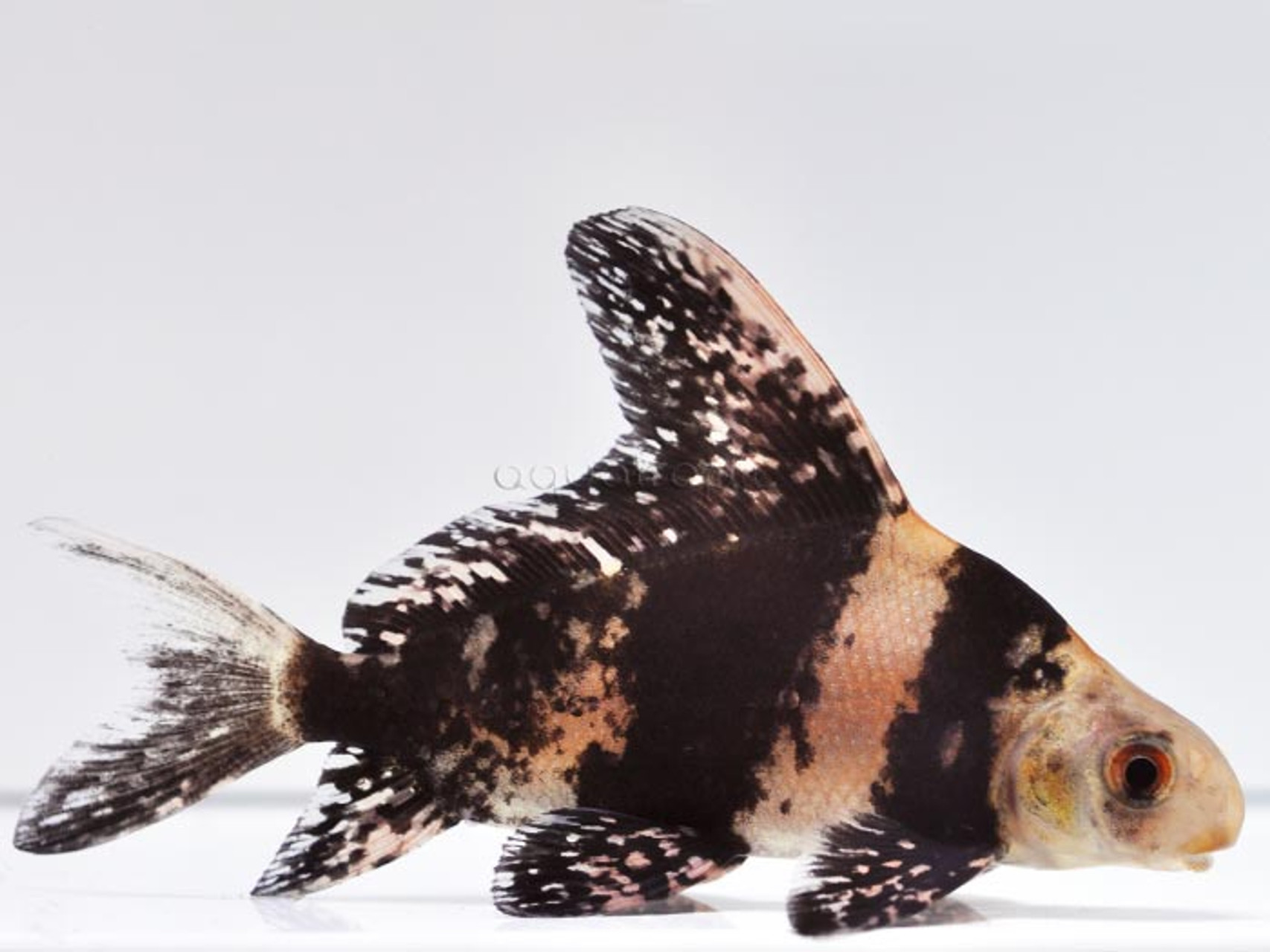The Chinese Hi Fin Banded Shark (Myxocyprinus asiaticus)

The Chinese Hi-fin Banded Shark (Myxocyprinus asiaticus) exemplifies the importance of researching a fish thoroughly before making a purchase for a home aquarium. The small, attractively patterned juveniles are not an uncommon sight in fish stores, but, in truth, very few aquarists have the means to house this species for its full adult life, which can extend for several decades. That cute, black & white banded fish seen for sale will, with time, morph into a true giant, able to reach lengths of over three feet! At this size, the coloration changes dramatically, as this species loses its banded patterning in favor of a brown body with a thick dark band along the sides.
Like the other so-called “sharks” common to the freshwater aquarium trade, M. asiaticus is only shark-like in appearance, being a bony fish rather than a cartilaginous one. The other faux-sharks (e.g. Bala Sharks, Rainbow Sharks, etc.) are in fact glorified minnows, but the Hi-fin Banded Shark (AKA the Chinese Sailfin Sucker) actually belongs to an entirely different group of fishes known as “Suckers” in the Family Catostomidae. This group of 70+ species is mostly found in North America and are generally not available for the home aquarium, with the exception of the species at hand.
M. asiaticus is found in the larger channels of the Yangtze River in China, where adults are said to occur in large groups. Due to the many environmental changes to this ecosystem, this species has become increasingly imperiled in the wild, but, thankfully, aquarium specimens all originate from captive breeding. In contrast to the pelagic adults, juveniles frequent shallower, rockier habitats, where they use their protrusible sucking mouthparts to rasp whatever worms, insects, crustaceans and algae they come across. With such catholic tastes, it’s not hard to provide adequate nutrition in captivity.
Given the immense size this species can reach, this is one fish that is often best kept in a backyard or indoor pond, unless your home aquarium is many hundreds of gallons in size. This can be a beautiful and unique addition to a koi pond, and, being quite peaceful in disposition, will pose no threat to any koi or goldfish kept alongside them. Unlike koi, which can tolerate colder climates, recommended temperatures for M. asiaticus are in the 60-80°F range, which makes keeping them outdoors in more northerly climes additionally challenging.